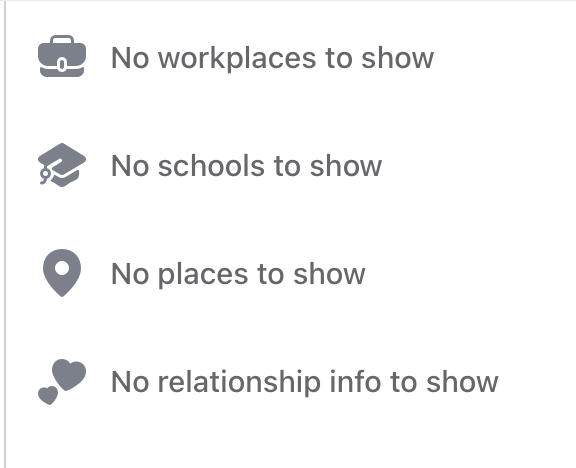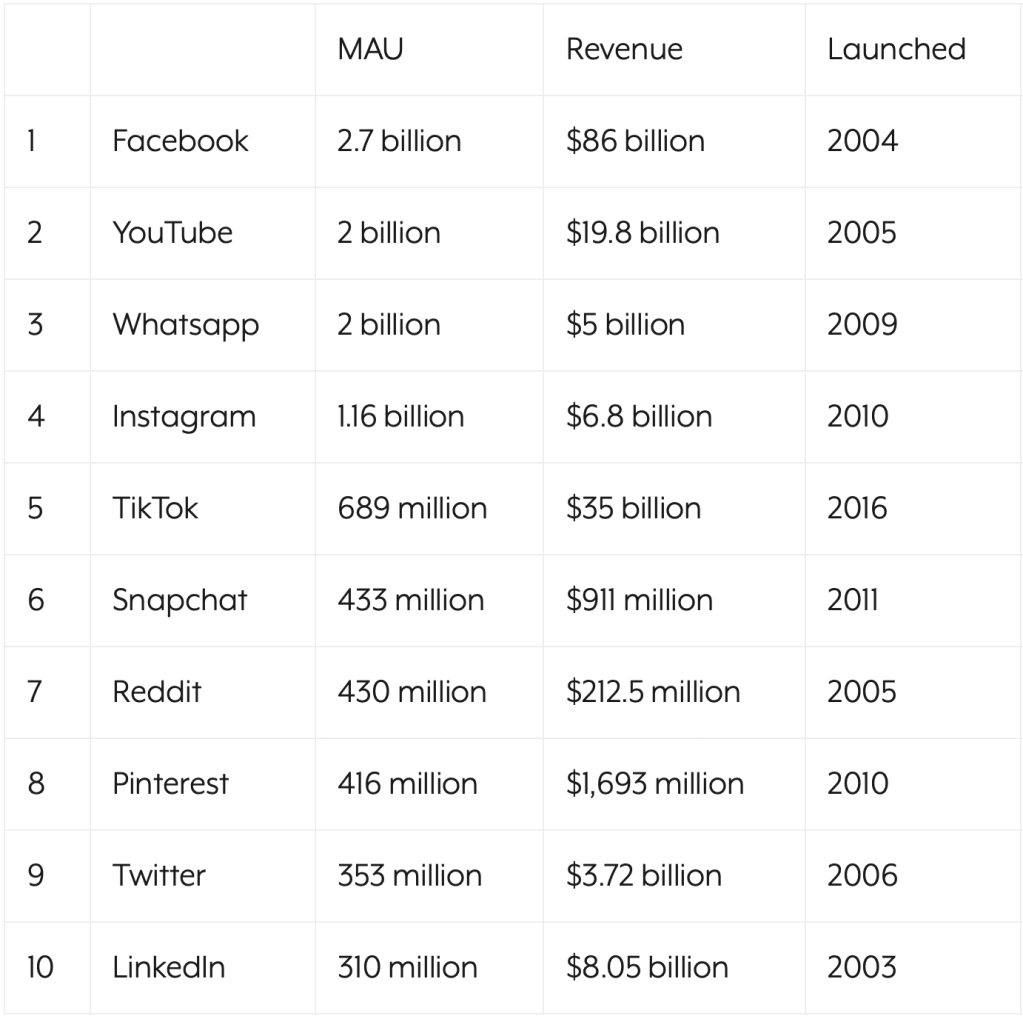Mattathias Schwartz puts it descriptively when he defines a troll as “a person who intentionally antagonizes others online by posting inflammatory, irrelevant, or offensive comments or other disruptive content“.
In the internet community, the trolls have been in existence even before the birth of online social media. Internet users adopted the word troll to denote someone who intentionally disrupts online communities. And while you will find various ways of defining a troll in Merriam-Webster (https://www.merriam-webster.com/dictionary/troll), they agree of the six operative words by which they live by.
- Intentionally
- Antagonize
- Inflammatory
- Irrelevant
- Offensive
- Disruptive
The level of disruption by trolls is disproportional to the posted content. And it’s not just in the post-FB era that they exist. They’ve been with us for quite awhile. The rise of the trolls was exacerbated by the current political climate and made worse by the pandemic. Lockdowns after all, was the best way to entertain oneself, spit out all that anger and hate, and eventually earn a buck or two by working for a political machinery during an economic downturn.
Jevin West, associate professor within the Information School of the University of Washington, says that “we are swimming in a cesspool of misinformation. The pandemic likely makes it worse because increased levels of uncertainty creates the kinds of environments that trolls take advantage of.”
The Cambridge Analytica Scandal
In March of 2018, whistleblower Christopher Wylie (https://www.theguardian.com/news/2018/mar/17/cambridge-analytica-facebook-influence-us-election) revealed how 50 million profiles on Facebook were harvested for Cambridge Analytica in one of the worst data privacy breach in history.
Cambridge Analytica is a company owned by hedge fund billionaire Robert Mercer, and headed in 2014 by Trump’s key adviser Steve Bannon. “The company used personal information taken without authorization in early 2014 to build a system that could profile individual US voters, in order to target them with personalized political advertisements.”
Christopher Wylie, who worked with a Cambridge University academic to obtain the data, told the Observer: “We exploited Facebook to harvest millions of people’s profiles. And built models to exploit what we knew about them and target their inner demons. That was the basis the entire company was built on.”
Documents seen by the Observer, and confirmed by a Facebook statement, show that by late 2015 the company had found out that information had been harvested on an unprecedented scale. However, at the time it failed to alert users and took only limited steps to recover and secure the private information of more than 50 million individuals. (For those interested in the in depth article, the link is provided above as reference.)
This scandal changed the world and the political milieu. After this scandal broke out, the initial response of Mark Zuckerberg was a long and deafening silence. It was like a thief caught in the act but showed no remorse when faced with the evidence. While data breach is nothing new to the tech and IT world, only Facebook had endured such existential reckoning. That’s because what happened with Cambridge Analytica was not a matter of Facebook’s systems being infiltrated, but of Facebook’s systems working as designed: data was amassed, data was extracted, and data was exploited.
The scandal would rock the finances of FB, but as most people would have it, the rest of the world continued to move on. More than 90% of subscribers to Facebook don’t even know how deep the company and its CEO is muddled with conflicts of interest. (https://www.theguardian.com/technology/2019/mar/17/the-cambridge-analytica-scandal-changed-the-world-but-it-didnt-change-facebook).
The Philippines as the Petri dish
SCL (Strategic Communication Laboratories) is a parent company of Cambridge Analytica.
Christopher Wylie, yes, the same Christopher Wylie whistleblower for the Cambridge Analytica mess, revealed that the Philippines the perfect country to test the waters. Three conditions needed to be fulfilled to be qualified – (1) questionable rule of law, (2) high social media usage, and (3) corrupt politicians – were all a big check for the country.
Using the Philippines as the experimental lab animal (the PH had its national election a year before the US had theirs), 1.2 million users of Facebook in the Philippines were harvested for this purpose. (https://www.rappler.com/technology/social-media/239606-cambridge-analytica-philippines-online-propaganda-christopher-wylie/)
Wylie said the country’s high social media usage and lack of regulation makes it lucrative for a company like Cambridge Analytica to test out strategy before implementing them in Western countries with tighter regulations.
“The Philippines is one of those countries where you’ve got a lot of people online and a lot of people using social media. So when you’ve got that kind of set-up, it’s an ideal target.”
“A lot of the time when the company was looking to experiment with techniques, experiment with AI [artificial intelligence], experiment with ways of – whether it’s manipulating voter opinion or disseminating propaganda, what have you…it’s more difficult to do that in countries like the US or Britain, or Europe, where there is robust regulatory action, there’s robust law enforcement.”
“It creates an ideal petri dish type situation,” Wylie added, “where you can experiment on tactics and techniques that you wouldn’t be able to as easily in the West…and if it doesn’t work, it doesn’t matter, you won’t get caught. And if it does work, then you can then figure out how to port that into other countries.”
The association between Cambridge Analytica or even SCL has been denied by those in government. Of course they will deny it and the burden of proof will be to show that there was actually disruption in social media accounts. And Wylie is correct. In a country where regulations on data privacy came on board only AFTER Duterte came into power and where even tech and internet companies have poor oversight and laws (remember Duterte vetoing the law on registering all SIM cards regardless of being prepaid or postpaid?), the Philippines was perfect for being the Petri dish for this experiment. That lack in political will and transparency is direly lacking in this nation.
Pandemic trolling
The COVID19 pandemic was an opportune time for the exponential rise of the trolls.
People spent more time at home. In front of their screens. And social distancing made many lose sight of our social norms. The pandemic not only increased the proliferation of the trolls, but also worsened the behavior and widespread. They took their anger and foul language, as well as the incompetent arguments into social media. With unemployment at an all time high, this was the perfect storm to be use for both personal and political push. The escalating negative mood spurred trolling. And what a perfect timing it came.
The Philippine election was the ripe for the picking as the pandemic extended into the 2022 National Elections. Both sides were spewing disinformation left and right. The loudest voice in the room in the last year was social media. Evidently, the loudest voice will drown everyone else and that’s the mantra of trolls. The loudest. The most inflammatory. Or the most outrageous.
And while social media is like a double-edged sword (promotes good or bad), there is no ethics in social media. No one knows what is classified as “good” or “bad”. It’s a free for all brawl out there. And when logic and reasoning will not work, then anger and bullying tactics will. And the trolls have an army that gang up on you. Influencers of good are often bullied by peddlers of misinformation.
Fighting Back
Of course, we come to a crossroad where we need to fight back. Regain what social media was initially built for. But can we?
Engaging among trolls is depressing, divisive and mind-boggling crazy.
But it’s that one-liner that gets you likes and shares that makes you keep on posting.
They say that the best way to destroy a troll is to not engage one in the idiocy that it spews. Unfortunately, there are more gullible people out there that will simply believe everything said (or commented) by Tom, Dick and Harry.
Research has shown that the online environment leads to a lack of inhibitions when posting behavior and adds to a sense of empowerment through the cloak of semi anonymity that comes with online posting.
Here is an example of that cloak of anonymity and how a troll hides behind a veil of fantasy. It’s easy to spot them because if you scroll through their images, they have nothing to show. They also have either no friends or have friends (with most of them being inanimate objects or some photo grabbed from the internet) of the same breed. Their major interests are vast, wide, and senseless. They do not reveal a lot of themselves, but you can see them posting actively in many news threads or when there is political discourse or challenge presented to anything the troll is affiliated with. Their comments are senseless, baseless, and arguably the most outstanding feature is the bad grammar, spelling and syntax when they comment.
They say that the best way to avoid a troll is to not feed it. Don’t give it any importance and let their comments stand alone. By ignoring them they feel less important.
It’s also important not to share their stupidity.
Yep. Many of them have the most insane post or shout out, but they get a lot of clap backs. So it’s really a battle between the devil and the deep blue sea.
This blog article, for example, isn’t going to get that kind of share on social media for people to read. They don’t like long stories and they don’t like it when facts are presented to them.
The first part of this story didn’t get a lot of boost, but I promised myself and my friends, that I would write about the history of social media and the birth of the trolls.
Seriously, there actually is a solution to the conundrum.
First is to make your profile private. Lock it if you must and invite only REAL AUTHENTICATED FRIENDS. Not those that ask to be friends with you, but real friends. That’s your circle.
Second is to block each and every troll you encounter. Don’t engage. Just block. It’s actually useless reporting it even to Facebook. If Mark Zuckerberg could turn a blind eye for five days to a scandal, what makes you think AI will even mind your report?
Third is when the heat is too hot, just leave social media or find one where there is safe space. That way, we may be able to increase our life span.
And shorten the lifespan of the trolls.


















